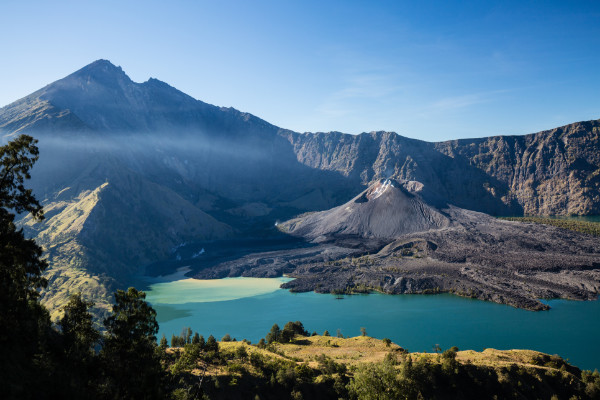In a world of fleeting travel trends, we’re confident that sustainable tourism isn’t just a phase; it's here to stay. Since the wrecking ball of the pandemic, we’ve been set on repairing tourism’s fragile fault lines in a way that embodies the Japanese art of kintsugi – repairing pottery with gold lacquer to create something even more beautiful than before. When it comes to Indonesia, a country renowned for its beauty, it's only right that we do our part to keep it that way. Read on to discover how we advocate for sustainable tourism in Indonesia.
- Undertourism in Indonesia
- Philantourism in Indonesia
- Community-based tourism in Indonesia
- Indigenous tourism in Indonesia
Undertourism in Indonesia
Social media is a double-edged sword. For Bali, the rise in online attention for its pristine beaches and enviable climes has increased its appeal and, consequently, increased tourist numbers. While Bali’s (deserved) popularity brings good news for Indonesia’s economy, there’s a slightly more damaging force at play – overtourism. Bali saw 6.3 million visitors arrive on its island of 4.3 million people in 2019, putting stress on the local population (and tourist numbers are creeping back up to this level post-pandemic). While a tourism tax has been implemented to try and ease the strain, there are ways that we, as visitors, can help: by championing offbeat destinations. Skip Bali and instead try out the laidback Lombok, an island dominated by Gunung Rinjani, Indonesia’s second-highest volcano. The south coast is a surfer’s paradise, and we can guarantee you won’t be fighting for the best selfie-snapping spot.

Philantourism in Indonesia
Despite not yet being in the dictionary, Philantourism is our personal talk of the town. The idea behind it is simple – a fail-safe way to help an economically challenged country is to merely turn up and indulge in the local goods and services on offer. In Indonesia, this could look like devouring plate upon plate of locally made nasi goreng or stocking up on the earthy tasting (and ethically produced) luwak coffee. With your stomach satisfied and your Philantourism contribution made, you can continue exploring while safe in the knowledge you’re contributing to sustainable tourism in Indonesia.
Community-based tourism in Indonesia
When giving money to local communities, we all want to ensure it stays with them (rather than ending up offshore). By staying in community-run accommodation and participating in community-based experiences, you guarantee your money remains in the hands of those you give it to. Moreover, it allows the local community to preserve their cultural heritage while making a living through tourism. Experience the rich heritage of Java by visiting Pentingsari village near Mount Merapi, where you can live as the generations of Javanese have for centuries. Immerse yourself in their folklore and spirituality with visits to sites like the mystical Ponteng cave, and learn traditional arts such as gamelan music and batik-making.
Indigenous tourism in Indonesia
When discussing sustainable tourism in Indonesia, we must shine a light on the indigenous communities that inhabit the land. After all, indigenous people safeguard 80 per cent of the world’s remaining biodiversity, so their role is vital. Indonesia is home to around 60 million indigenous people (almost 20% of the population), and in the village of Wae Rebo, the Manggarai tribe uses tourism to keep their traditions alive. By inviting guests to stay in their traditional conical huts, they can share their stories and ceremonies and sell hand-woven sarongs. Visitors are culturally enriched, and the Manggari tribe can sustain its community. It's a beautifully beneficial win-win.
Written by Evie Buller | Header Image by Pie Aerts.
